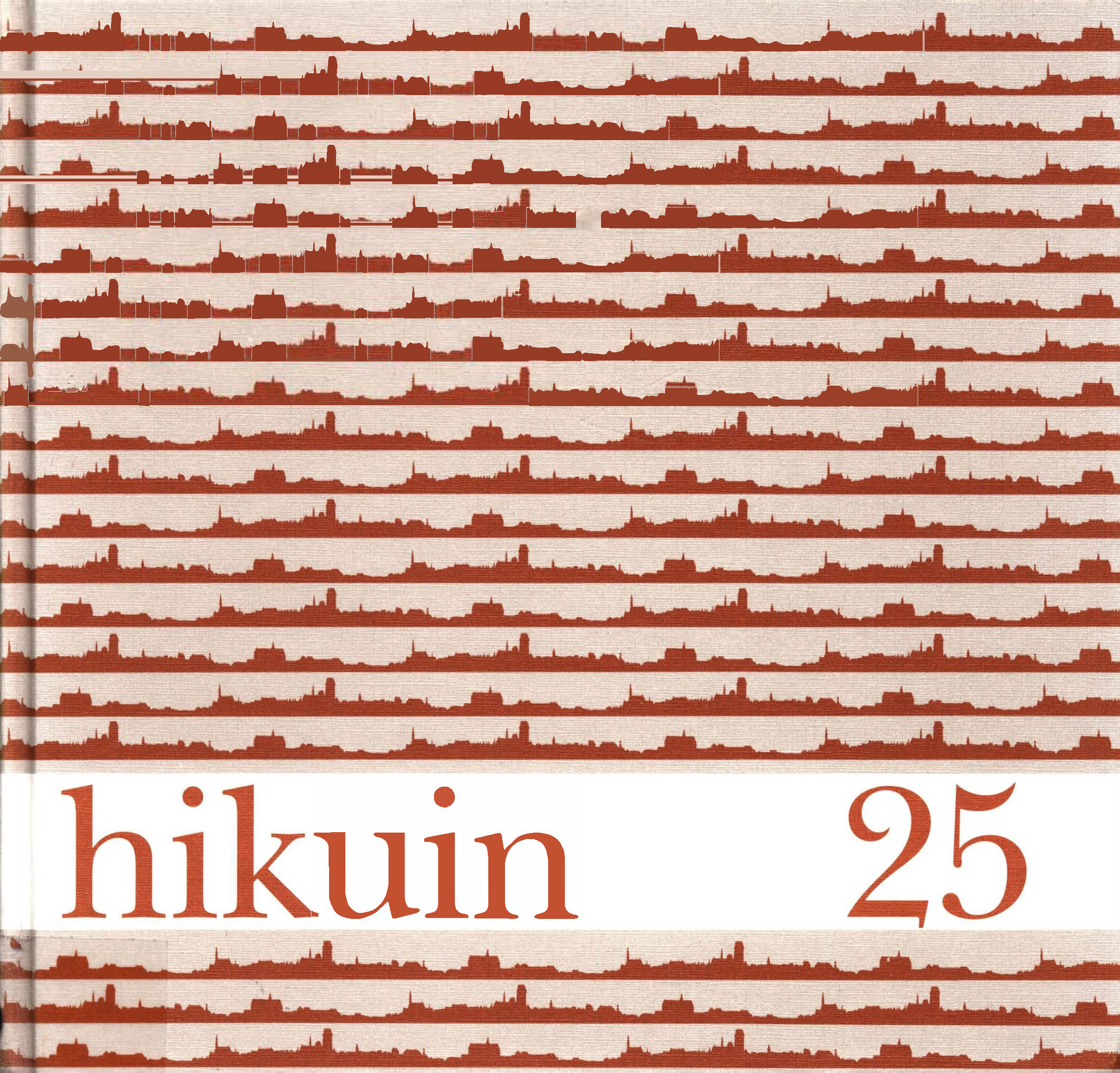Deposit Analysis. Fingerprints of Former Town Activities
The case of Vetterlidsalmenning, Vagsbunnen, Bergen, Norway
Resumé
Since stratigraphy deals with formation, composition, sequence and correlation of layers, archaeology is in itself stratigraphy. For the archaeologist, The strata in question are the cultural deposits; archaeological material per definition. The cultural deposits found at archaeological sites are influenced by man in one way or another but remain strata proper. Cultural stratigraphy emerges from stratigraphical analysis. To understand a fluvial deposit one must know aspects of the behaviour of the transporting agent, the river and its history. For obvious reasons, understanding the culturally influenced deposits is not easy as understanding human behaviour is a difficult task. Recorded spatial distribution of cultural remains including all objects, not only those shaped by human hand, provides the base for dating and for identifying activities and site functions.The deposits are the archive. No object is there without a reason; the sum of them tells about their origin, i.e. cultural activity. The deposits are the fingerprints of former human activities; just as fingerprints disclose the criminal, the layers disclose their origin.
Downloads
Publiceret
Citation/Eksport
Nummer
Sektion
Licens
Forfatter og Forlag.





